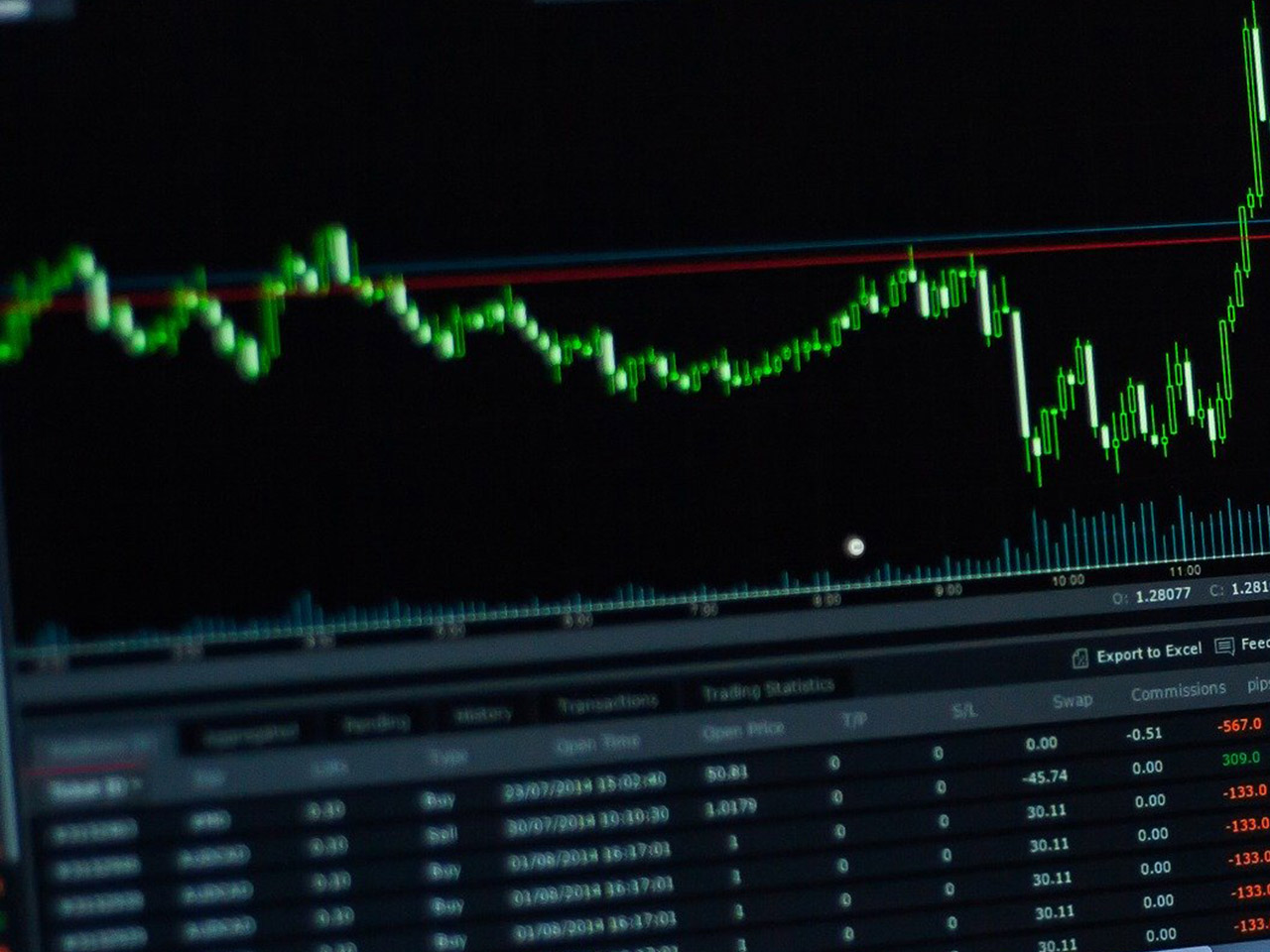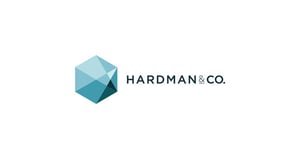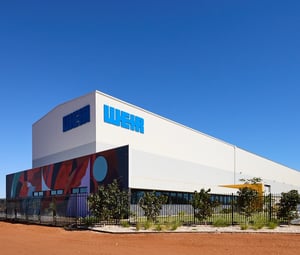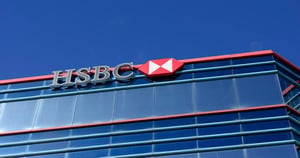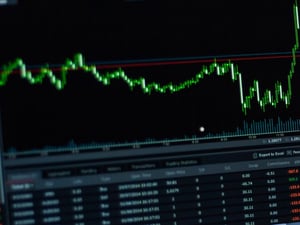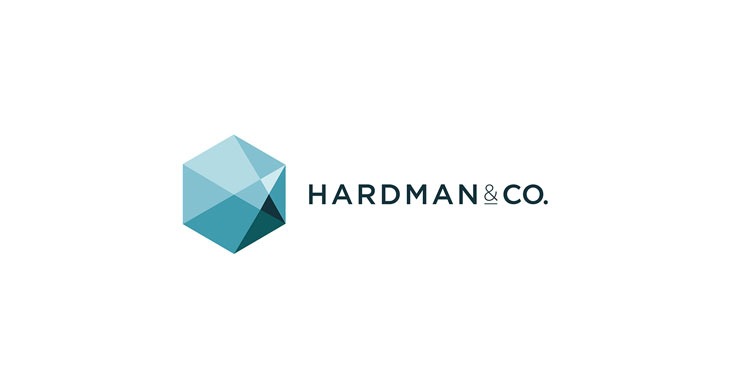Unilever PLC, trading under the symbol ULVR.L, stands as a titan in the consumer defensive sector, specialising in household and personal products. With a formidable market capitalisation of $110.45 billion, this UK-based company has carved a niche in the global market, spanning the Asia Pacific, Africa, the Americas, and Europe. Unilever’s extensive portfolio includes renowned brands such as Dove, Hellmann’s, and Ben & Jerry’s, making it a household name across continents.
At the current price of 4505 GBp, Unilever’s stock sits within its 52-week range of 4,340.00 to 5,034.00 GBp. Despite a negligible price change of 17.00 (0.00%), the stock presents a potential upside of 11.54% based on the average target price of 5,024.92 GBp set by analysts. This insight is bolstered by the company’s dividend yield of 3.39%, appealing to income-focused investors seeking reliable dividends. With a payout ratio of 75.70%, Unilever demonstrates a commitment to returning profits to its shareholders, though it also implies limited room for increasing dividends without significant income growth.
A key performance metric to note is Unilever’s robust return on equity of 29.41%, a testament to its efficient management and profitability. However, revenue growth has been relatively modest at 1.60%. Nonetheless, the company generates significant free cash flow, reported at approximately £6.31 billion, providing flexibility for strategic investments or shareholder returns.
From a valuation perspective, the metrics reveal some gaps. The absence of a trailing P/E ratio and other valuation metrics such as PEG, Price/Book, and Price/Sales might raise eyebrows, suggesting potential complexities in earnings estimation or sector-specific nuances. However, the forward P/E ratio appears inflated at 1,441.19, indicating market anticipation of future earnings adjustments.
Unilever’s technical indicators present a mixed picture. The stock’s price hovers just below its 50-day and 200-day moving averages, at 4,633.32 and 4,635.31 respectively, suggesting potential resistance levels. The RSI (14) stands at 78.52, indicating the stock is in overbought territory, which could imply a short-term price correction. Meanwhile, the MACD and Signal Line are in negative territory, signalling potential bearish momentum.
Investors should be mindful of the 10 buy ratings against 5 hold and 3 sell recommendations, reflecting mixed sentiments within the analyst community. This diversity in outlook perhaps mirrors the broader market sentiment, balancing Unilever’s stalwart brand strength against the challenges of a competitive and evolving market landscape.
As Unilever continues to operate across its five key segments—Beauty & Wellbeing, Personal Care, Home Care, Foods, and Ice Cream—it remains well-positioned to leverage its brand portfolio for sustained growth. However, for investors eyeing Unilever, the balance between its dividend appeal, valuation complexities, and growth prospects will be key considerations in their investment decisions.


